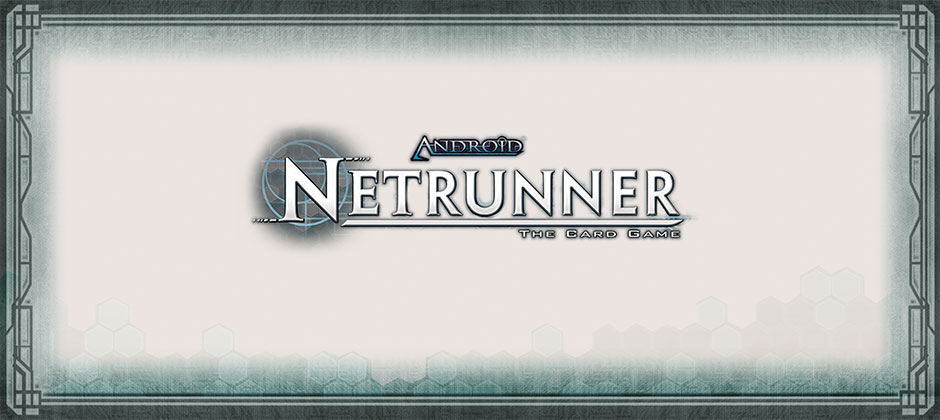
The EOG finally added a copy of Android: Netrunner to the library, and while I have yet to find an opportunity to play it, I spent some more time looking over the rules and checking out the tutorial video, and it all makes a lot more sense now that I’ve forced the impenetrable jargon into my head.
Given that I also happen to be reading Neal Stephenson’s classic Snow Crash at the moment, it’s getting all cyberpunk around here.
This v2 update of the Android: Netrunner rules summary and reference includes a separate sheet to help you with the setup and complicated play area arrangements of the game, along with the accompanying jargon. I’ve also visually pulled out some of the more important things to remember in the rules summary—something I may begin to do more of in the future to emphasis those fiddly yet essential rules that you always tend to forget when you haven’t played a game in a while.
So jack in runners and eat some ice! Or, ummm, something like that …
Hi! Love your guide, but I think the sample Corp layout is a little misleading.
HQ, R&D and Archives collectively make up the central servers and each of these individually has an implicit “root” (where upgrades can be installed). Your sample implies that root belongs only to HQ and doesn’t indicate the central server relationship between the three central servers. Perhaps there should be roots below R&D and Archives, and the blue background behind HQ and HQ’s root should be stretched out to include R&D and Archives and their respective roots?
Also, showing the ICE in front of one of the remote servers implies that the ICE is not part of the remote server. In fact, ICE and/or other cards (upgrades, assets and agendas) can create a remote server – you could establish a remote server with a combination of asset/agenda and upgrade/s and no ICE, or a remote server containing only ICE, or a remote server containing a combination of asset/agenda, upgrade/s AND ICE.
Hope I explained that OK 🙂
Cheers!
Interesting – since I haven’t played yet I followed the layout in the rules and I must admit I did find the whole ‘root’ thing a little confusing (reminds me of my mid teens – boom tish!) Obviously the original diagram wasn’t very useful as mine pretty much copies it …
Now I’m even more confused and convinced I need an experienced player to explain this to me (or get some damn games in).
The remote servers don’t have roots, do they?
Ice is always in front of a server, protecting it, so all I’m showing here is some sample places you could play ice. I know you can use ice to establish an ’empty’ server but that’s in the summary. Do you mean I should have a light blue area encompassing the ice and each server, so it is more clear that it is part of the server?
It works like this. Every REMOTE server can have a single agenda or asset installed and infinite installed upgrades. They are undistinguishable from each other until turned face up
Every Central Server (Hand, Deck and Graveyard) cannot have Assets or Agendas installed but it can still have upgrades. The “root” is the zone of a central server where you install Upgrades. Thus every central server has a zone in which to install upgrades that’s called “root”.
Yep, got that. But in relation to a play area diagram, where do you install the upgrades in remote servers? Behind them, as you do with central servers?
And how do you manage this huge amount of table space?
Upgrades are supposed to be indistinguishable from any agendas or assets installed in a remote server, so upgrades are installed in the same space as agendas and assets (you could have a server protected by ICE and only containing an upgrade, for example, but the runner won’t know that it’s an upgrade and not an agenda or asset).
Is this clearer?
I think this is much clearer – thanks very much!